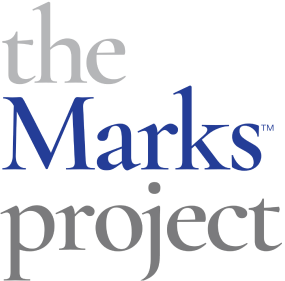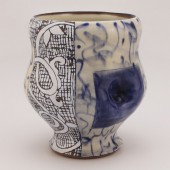Born New York, New York
EDUCATION
1995 BFA New York State College of Ceramics, Alfred University, Alfred, New York
2006 MFA Nova Scotia College of Art and Design, Halifax, Nova Scotia, Canada
PRIMARYWORK EXPERIENCE
2006–onward Studio Artist
2011-2020AdjunctArt Professor,Holyoke Community College, Holyoke,Massachusetts
2014 Cofounder, Pots on Wheels, (POW), Western Massachusetts
2020-2023 Assistant Visiting Professor, New York State College of Ceramics, Alfred University, Alfred, New York
2023-Assistant Professor, College of Arts and Letters, California State University,Sacramento, California
APPRENTICESHIPS AND RESIDENCIES
2008-2008, Artist-in-Residence, Watershed Center for Ceramic Art, Newcastle, Maine
BIOGRAPHY
Adero Willard is known for creating earthenware vessels reflecting heridentity as a Black woman of African American, Native American, and European ancestry. Her work is primarily wheel thrown; however, she says, “I alter forms on the wheel and sometimes add hand-built elements to introduce the dynamic of asymmetry and to evoke details from textiles, like a ruffle or a seam.” The surface decoration is created using wax resist, layering of color, and etching. A primary creative idea behind her decoration techniques is manipulating real or illusory depth through relationships between different textures, patterns, colors, and proportions. The process she uses to create the surface decoration on her pieces involves many steps. First, she applies a layer of black underglaze on a leather hard piece. She leaves the clay body exposed in specific places based on her sketch. Once the underglaze is dry to the touch, she introduces the first layer of wax-resist. When the wax is dry, the entire surface is covered in white underglaze, the wax prevents the white from covering the black layer. At this point, she adds design elements using the sgraffito technique. When the sgraffito and the addition of slip-trail decoration are complete, she adds another layer of wax at this level before applying more colors of underglaze. Going forward she adds more wax to create other patterns. When she is happy with the piece it is bisque-fired to cone 06, glazed, and fired to cone 03.
Willard grew up spending time in the sewing rooms of family members amid the rolls of multicolored and patterned fabric necessary for making handmade clothes. The layering, color, and pattern choices seen on the surfaces of her pieces reflect an understanding of the clothing construction process. The forms of her plates and platters reference the softness of fabric swatches. She says, “A primary creative idea behind my decoration techniques is manipulating real or illusory depth through relationships between different textures, patterns, colors, and proportions. ”Using different techniques and tools on the same piece add to the contrast. Quilts are one of the many inspirations she draws from. Separate patches create repeating patterns that ultimately become a complete and unified form. Willard says, “I derive meaning from textile design, whether metaphoric or functional. Fabric as a layer is essential to the ideas behind the work I make.” She traveled to India with her mother when she was eleven. She recalls, “The experience of seeing the combinations of the textures of cotton and silk and the vibrant colors of fabrics interlaced with gold threads, next to other vibrant colors was a monumental influence in how I make work today.” When speaking of the overall approach to the work she says, “The other essential direction of my work has had to do with the exploration of identity.”
Willard identifies as a Black woman, with ancestral ties to the many cultures that are a part of the American story. “My work therefore is more of a metaphor for identity. Willard began a deep connection to red clay during a year-long residency at Watershed Center for Ceramic Art, Newcastle, Maine in 2007-2008, where she was the Salad Days Resident Artist. “The task of making 500 plates allowed me to pursue pattern and color extensively and fueled the work I would develop up until the present day.” She states, “Red clay is an important part of my palette: it is the skin of the pot and provides a rich base as the first layer of the surface. I love how red clay is used by most cultures all over the world. A material that spans most if not every culture in the world for centuries and the equity that comes from how terracotta is vital to the experience of so many cultures all around the world.” Early In the 2000s, Willard took a further step toward incorporating the softness of fabric and quilting techniques into her work.Vessel forms became more irregular with many layers of glaze used to create very deep visual effects. In addition, the pieces may have shards of her work added to the upper edges. At the same time,she produced a series of wall pieces. The slabs these are built from have torn edges and are manipulated to undulate like fabric. Each of these pieces is made of many parts that mimic a quilt.
Artists who have influenced Willard's work include William Morris, Romare Bearden, Henri Matisse, Mark Bradford, and Charles Burwell.
![]() Printer version
Printer version












